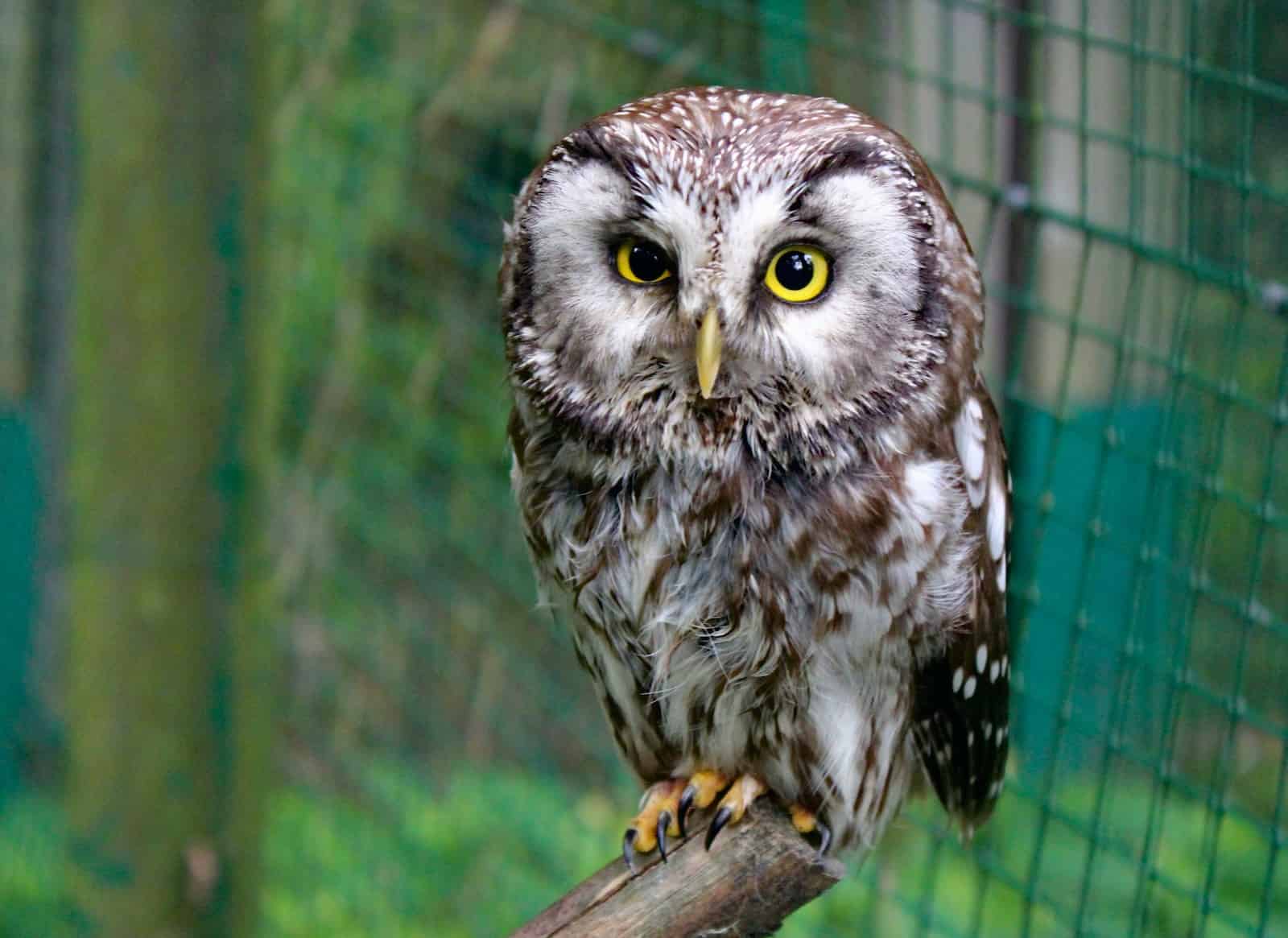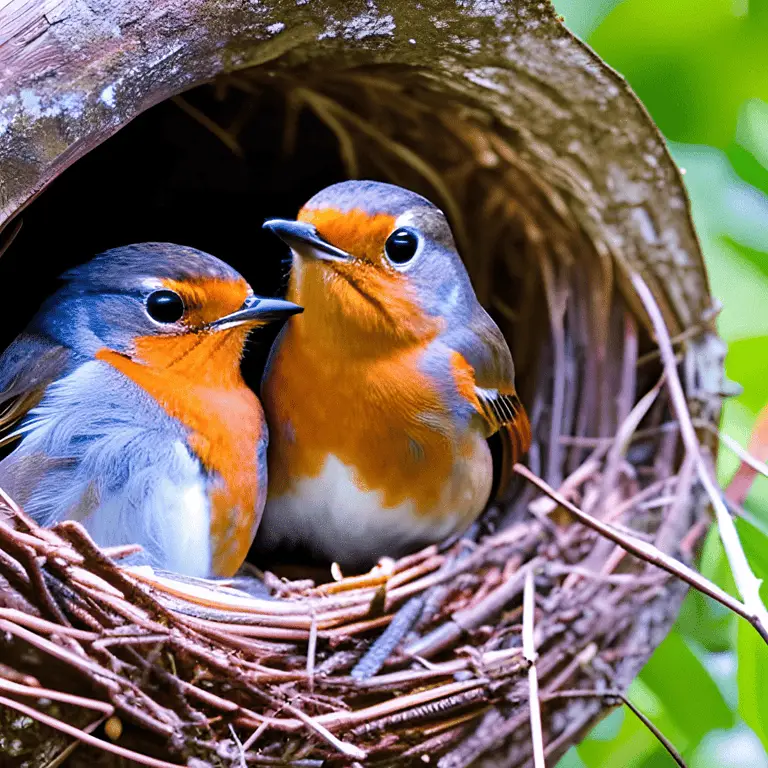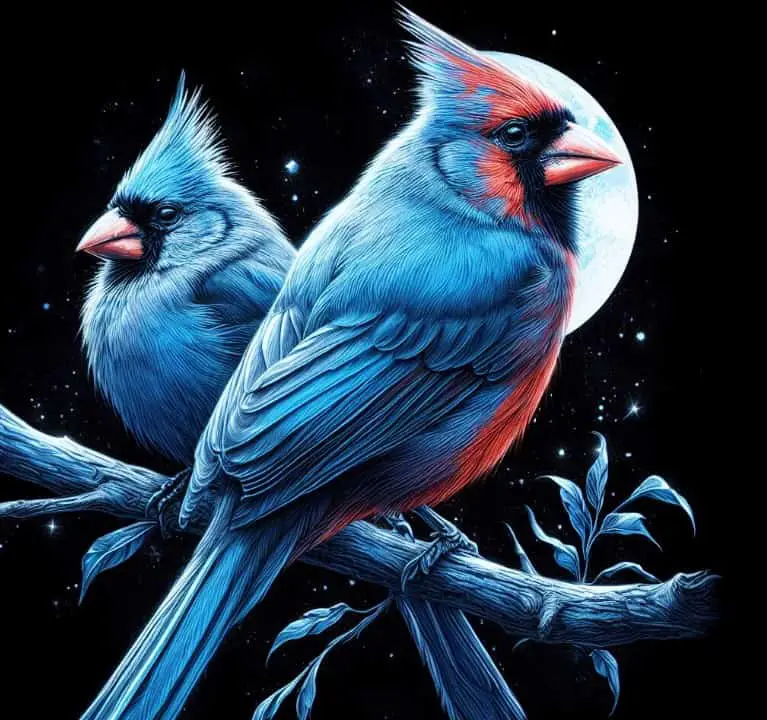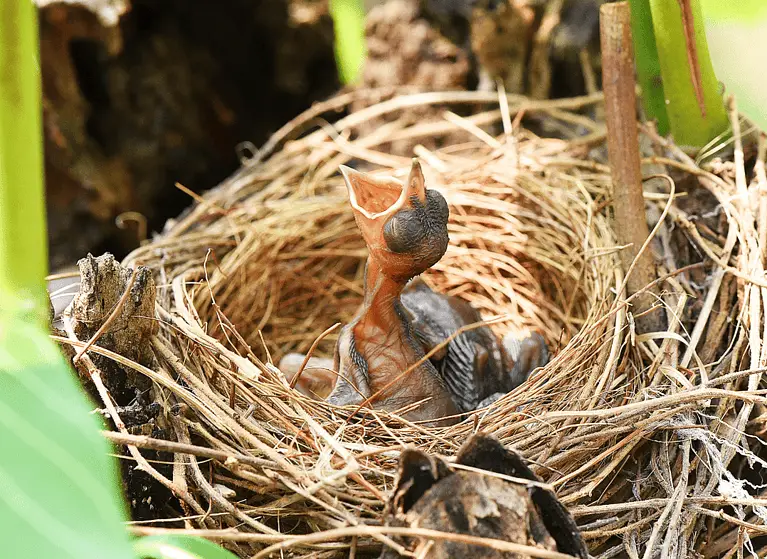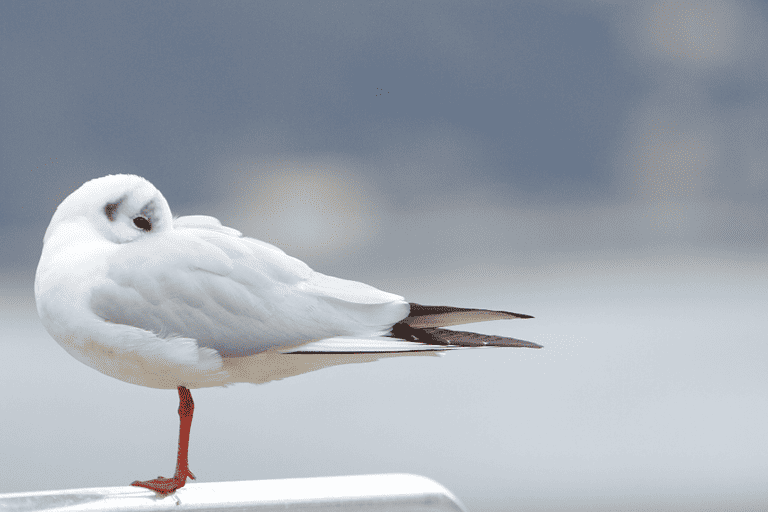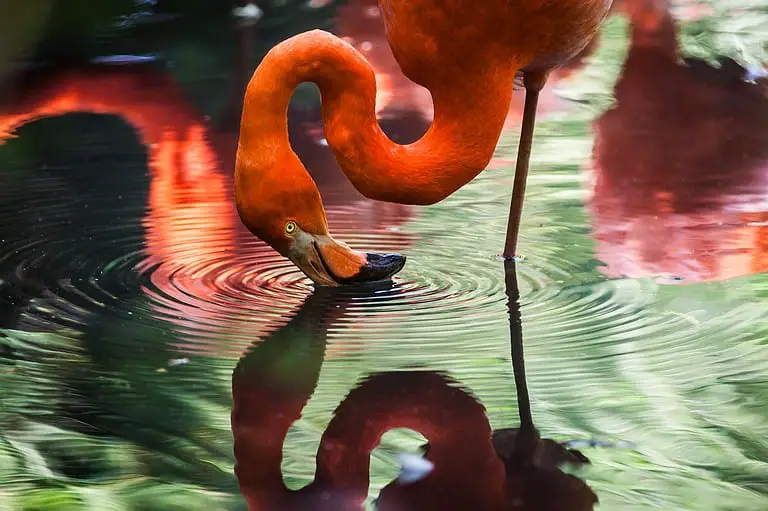Essential Tips for Designing an Aviary – A Comprehensive Guide
Designing an Aviary – As a bird lover, I understand the importance of creating a safe and comfortable living space for your feathered friends. Whether you’re a seasoned bird owner or a newbie, designing an aviary requires careful planning, consideration, and attention to detail. In this comprehensive guide, I’ll walk you through the essential tips and guidelines for creating a perfect aviary for your winged pets.
Key Takeaways
- Designing an aviary requires careful planning, material selection, and creating a bird-friendly environment.
- Aviary design involves considering size, location, environmental factors, and enclosure type.
- Choosing the right materials is crucial for the durability, safety, and practicality of your aviary.
- A bird-friendly environment includes providing suitable perches and nesting areas, temperature control, and enrichment options.
- By following these essential tips, you’ll be well-equipped to design an aviary that promotes the well-being and natural behaviors of your birds.
Planning Your Aviary Design
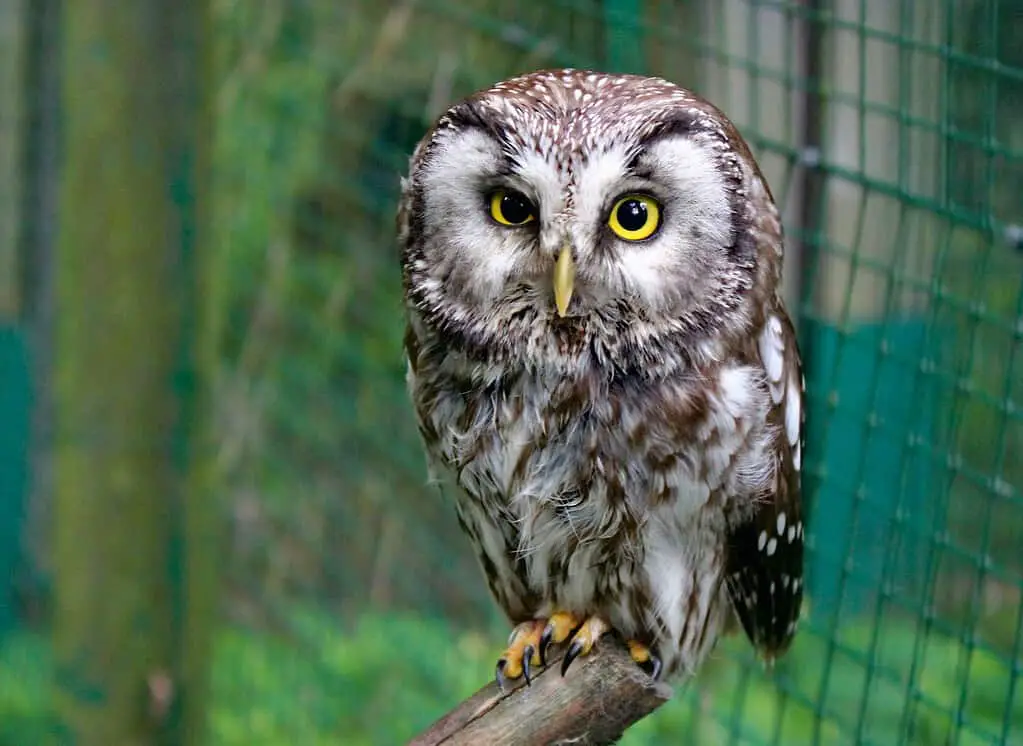
When it comes to designing an aviary for your feathered friends, proper planning is essential. Before you jump into constructing your bird enclosure, you need to consider various factors that will affect its suitability and functionality. Here are some important steps to take when planning your aviary design:
Determine the Size and Location of Your Aviary
One of the first things to consider when planning your aviary design is its size and location. The size of your bird enclosure will depend on the number and species of birds you plan to keep. It’s essential to ensure your birds have enough space to move around and engage in natural behaviors without feeling cramped or confined.
The location of your aviary is also crucial, as it will influence the environmental factors that affect your birds’ well-being. If you plan to create an outdoor bird aviary, ensure it’s situated in an area that provides sufficient shade, shelter, and protection from predators and extreme weather conditions.
Consider Environmental Factors
When designing a bird enclosure, it’s essential to consider various environmental factors that affect your birds’ health and well-being. These factors include temperature, humidity, ventilation, and lighting. When designing your aviary, ensure you choose materials and construction methods that can withstand different weather conditions and provide adequate insulation and ventilation.
Choose the Right Enclosure Type
Choosing the right type of bird enclosure is also an important consideration when designing your aviary. There are many enclosure types to choose from, including walk-in aviaries, flight cages, and breeding cages. Each type of enclosure has its benefits and limitations, so it’s essential to choose one that suits your birds’ needs and your specific circumstances.
Explore Bird Aviary Ideas
Finally, when planning your aviary design, it’s always helpful to explore different bird aviary ideas and get inspiration from other bird owners and experts. You can research online, join bird communities and forums, or visit aviaries in person to see various designs and get ideas for your own enclosure.
Overall, careful planning is essential when designing an aviary for your birds. By considering the factors outlined above and exploring various bird aviary ideas, you can create a comfortable and suitable habitat for your feathered friends.
Choosing the Right Materials

When it comes to constructing an aviary, selecting the right materials is essential for ensuring the safety, durability, and practicality of the structure.
The framework of the aviary should be sturdy and resistant to the elements. Materials such as PVC, aluminum, or steel are popular choices for their durability and resistance to corrosion. The mesh should also be strong enough to withstand the birds’ pecking and chewing, yet small enough to prevent them from escaping or getting caught.
The flooring is also a crucial aspect to consider during the aviary construction. The flooring material should be easy to clean and sanitize, while also allowing for drainage. Concrete, tile, or outdoor carpeting are common options that meet these requirements.
| Component | Ideal Materials |
|---|---|
| Framework | PVC, aluminum, or steel |
| Mesh | Galvanized steel, PVC-coated wire, or stainless steel |
| Flooring | Concrete, tile, or outdoor carpeting |
Additionally, the materials should be non-toxic and safe for your birds to be around. Avoid using treated wood or materials that contain harmful chemicals.
By carefully selecting the materials for your aviary construction, you’ll ensure a safe and comfortable home for your birds to thrive in. You can find numerous bird aviary plans online or consult with a professional for further guidance in choosing the right materials.
Creating a Bird-Friendly Environment
When it comes to designing an aviary, creating an environment that caters to your bird’s needs is essential. A well-designed bird aviary should provide ample space for movement and exercise while also offering safety and comfort.
Here are some tips for creating a bird-friendly environment in your aviary:
Appropriate Perches
Perches are a crucial aspect of bird cage design. Not only do they provide a place for birds to rest, but they also encourage natural behaviors such as roosting and climbing. When selecting perches, choose a variety of sizes and materials to help prevent foot problems. Avoid using sandpaper-covered perches as they can cause abrasions and irritation.
Nesting Areas
Provide nesting areas for your birds to lay eggs and raise their young. Depending on the species of bird, the nesting area can vary in shape, size, and materials. For example, some birds require a breeding box, while others prefer a simple nesting material such as straw or grass.
Temperature Control
Temperature control is crucial for your bird’s health and well-being. Keep your aviary at a moderate temperature, avoiding extremes of hot or cold. In colder climates, consider using a heat lamp or other heating source to maintain a suitable temperature.
Lighting
Lighting plays a vital role in regulating your bird’s circadian rhythms, which can affect their sleep, appetite, and behavior. Use natural light when possible, but avoid placing the aviary in direct sunlight as it can overheat the enclosure. Consider using artificial lighting to simulate natural light cycles if needed.
Enrichment Options
Enrichment options such as toys and perches can help stimulate your bird’s mind and prevent boredom. Offer a variety of toys made with natural materials such as untreated wood, paper, or cotton. Avoid using toys with small, easily swallowed parts that can pose a choking hazard.
Remember, designing a bird-friendly aviary is about creating a safe and comfortable habitat that promotes natural behaviors and supports your bird’s health and well-being.
Conclusion
In conclusion, designing an aviary requires careful planning, material selection, and creating a bird-friendly environment. As I have discussed in this article, the size, location, and environmental factors play a crucial role in determining the optimal living space for your feathered friends.
Proper Material Selection
Choosing the right materials for your aviary construction is also vital in ensuring the safety and durability of your bird enclosure. It is essential to consider factors such as the framework, mesh, and flooring when selecting the components of your bird enclosure. By picking durable and practical materials, you can guarantee the long-term use of your aviary.
Creating a Bird-Friendly Environment
Additionally, designing a bird-friendly environment is also key to promoting the well-being and natural behaviors of your birds. Providing appropriate perches and nesting areas, considering temperature control and lighting, and adding enrichment options can contribute to a comfortable and happy habitat for your birds.
By following the essential tips and guidelines for designing an aviary shared in this comprehensive guide, you can create a suitable and comfortable habitat for your birds. Remember to prioritize proper planning, material selection, and creating a bird-friendly environment for a successful aviary design.
FAQ
What factors should I consider when planning my aviary design?
When planning your aviary design, it’s important to consider factors such as the size and location of the aviary, environmental conditions, and the specific needs of your birds. Additionally, you should think about the type of enclosure that will best suit your requirements, whether it be an outdoor bird aviary or an indoor setup.
What materials should I use for constructing my aviary?
The materials you choose for your aviary construction should be durable, safe, and practical. Commonly used materials include sturdy frameworks, appropriate mesh for bird enclosures, suitable flooring options, and other components that ensure the safety and comfort of your birds.
How can I create a bird-friendly environment in my aviary?
Creating a bird-friendly environment involves providing suitable perches, nesting areas, and considering factors like temperature control, lighting, and enrichment options. It’s important to mimic natural habitats and promote the well-being and natural behaviors of your birds within the aviary.

